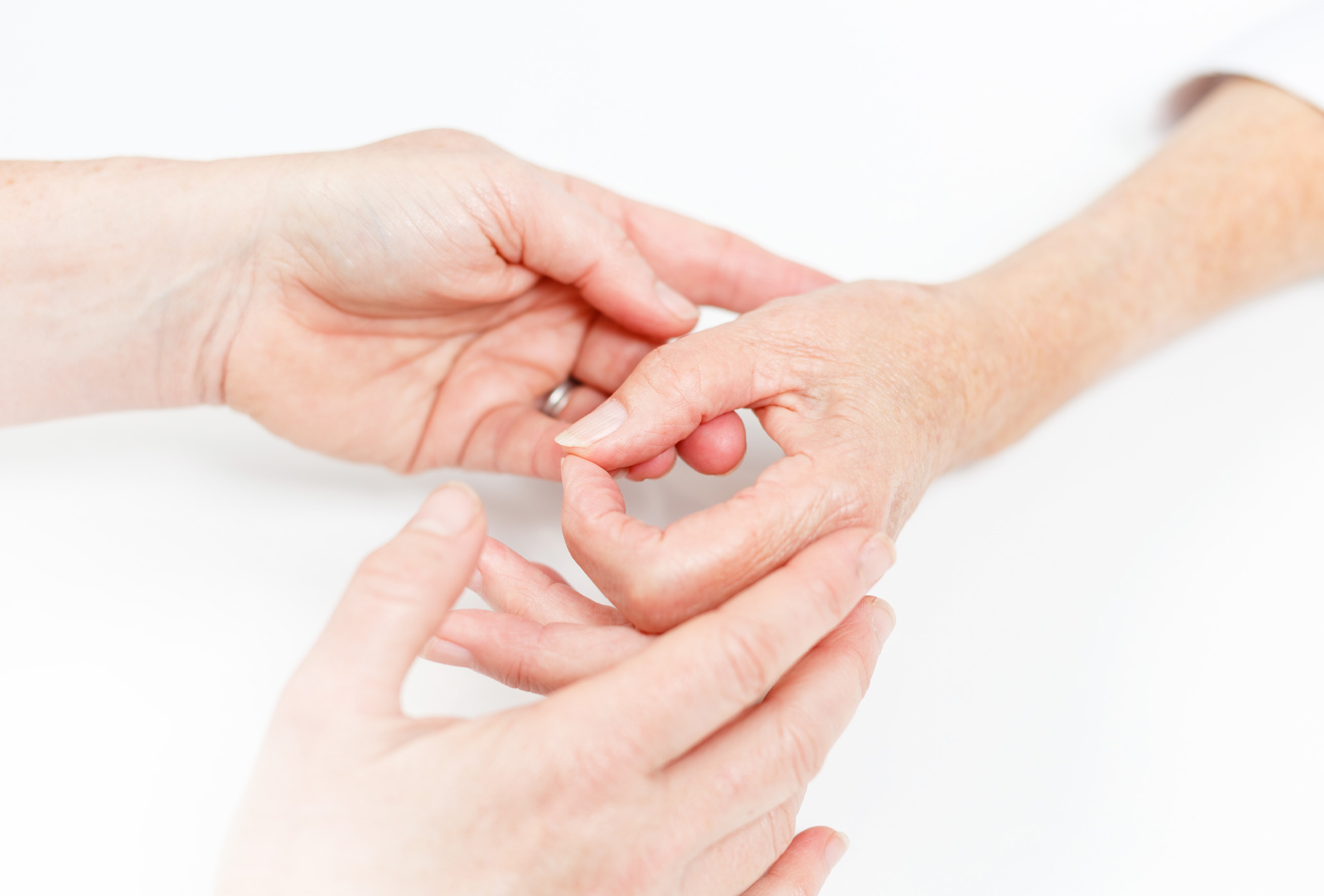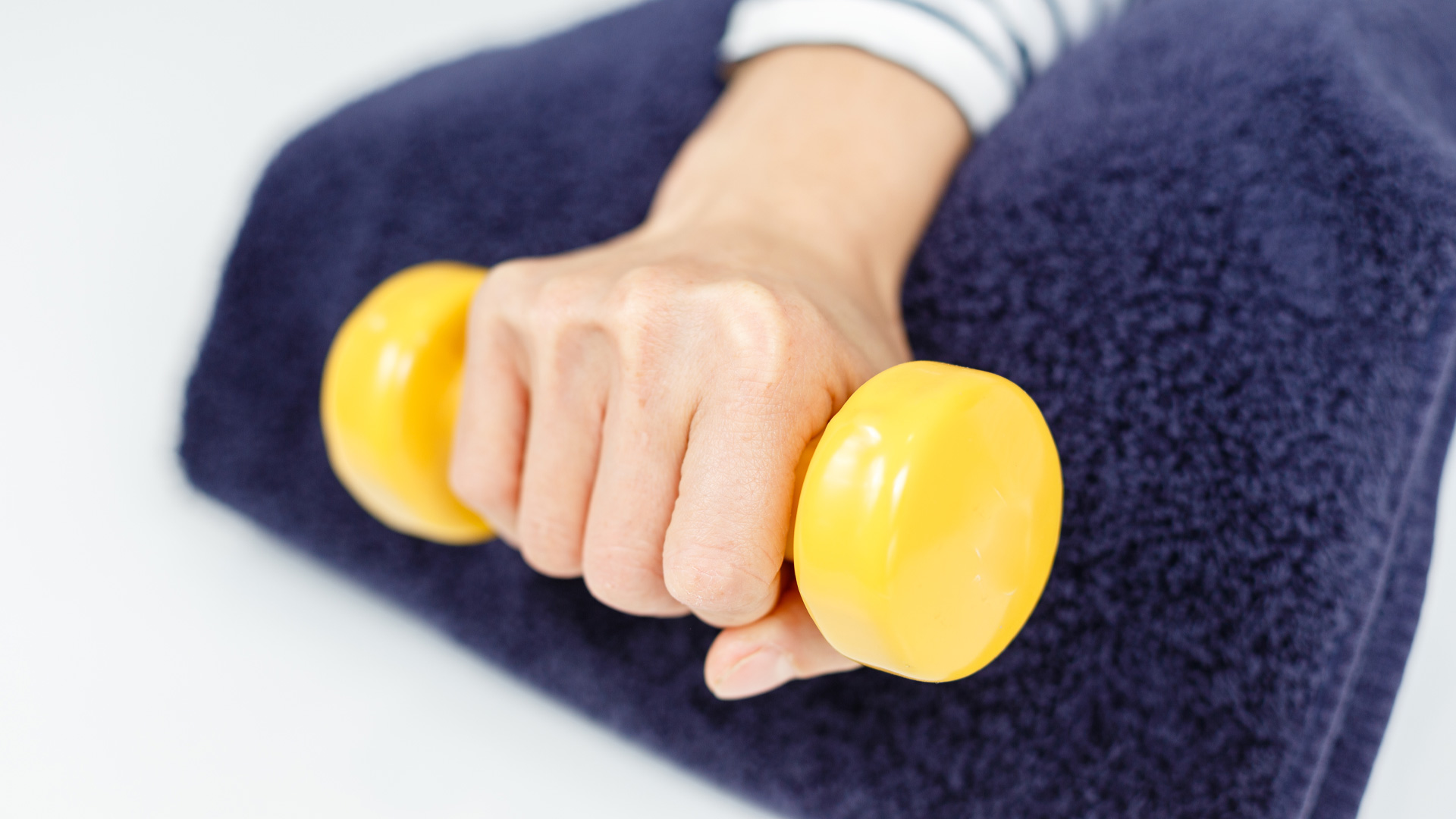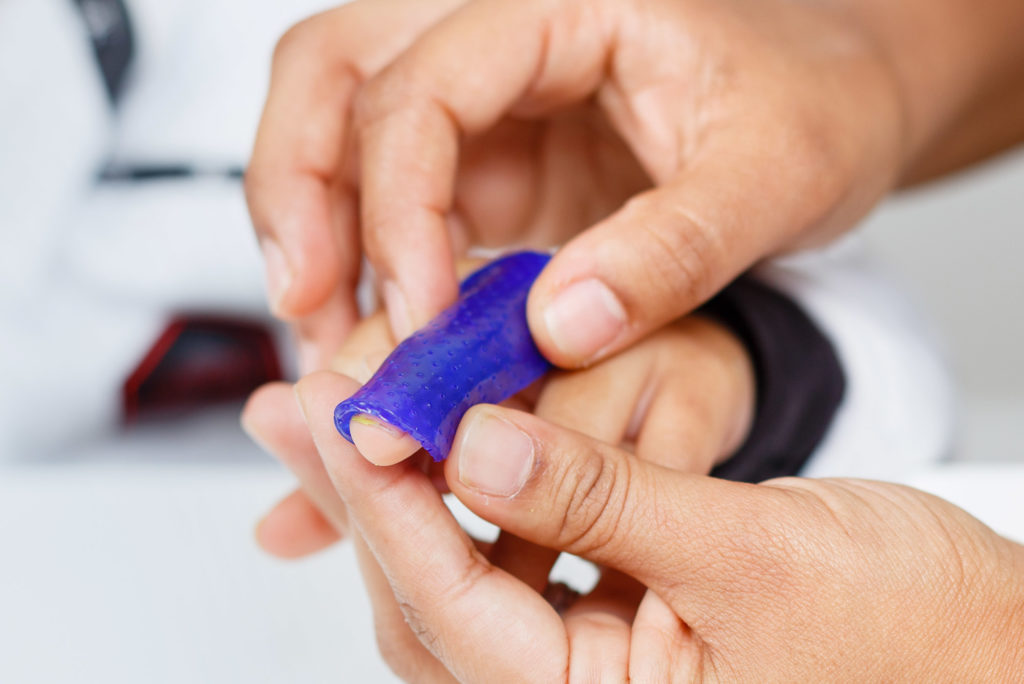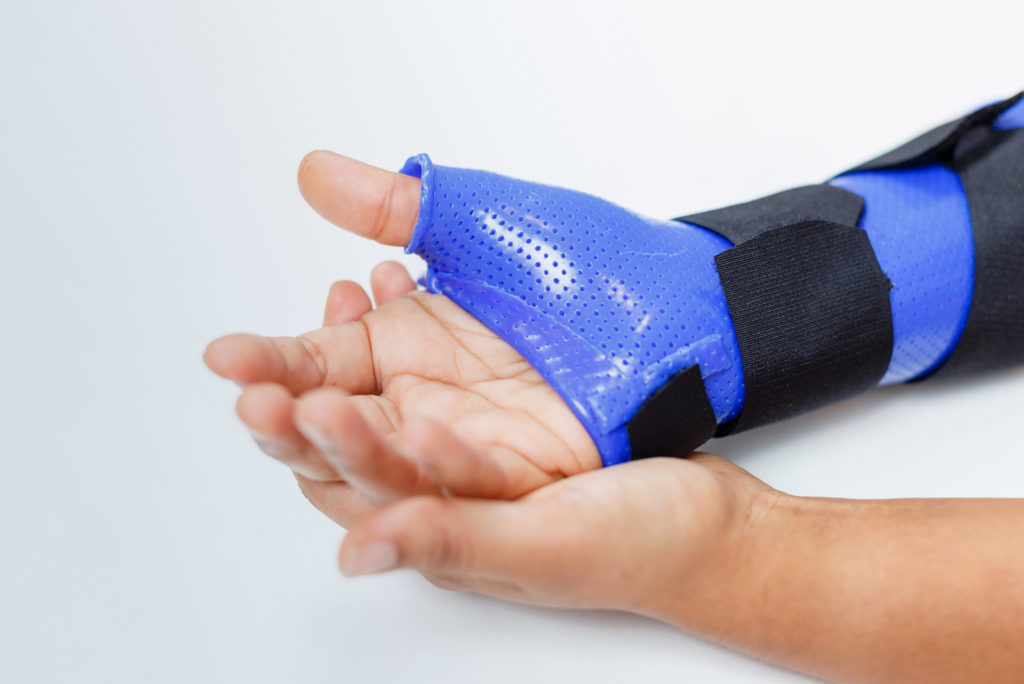By making the right movements over time, we can help restore function in an affected finger, hand, wrist, or arm. That’s why we create tailored exercise programs for all our patients based on our diagnosis. Types of movements we might recommend include extending, flexing, rolling, gripping, and squeezing.
We see exercise programs as more of an art than a science. After surgery, a person’s program is often dictated by a post-surgery plan. However, because of our extensive experience in doing what we do, we’re able to tailor things depending on how you’re going. Because we’re working with small joints, we know not to push too hard.
Helping patients understand that little and often goes a long way when it comes to recovery is an essential part of what we do.
The more a patient is committed to doing the exercises we set them for home and outside of their appointments, the better their recovery will be. Trying to do all of the exercises in one day because you forgot or were too busy will not help the healing – in fact, it may work against it.





